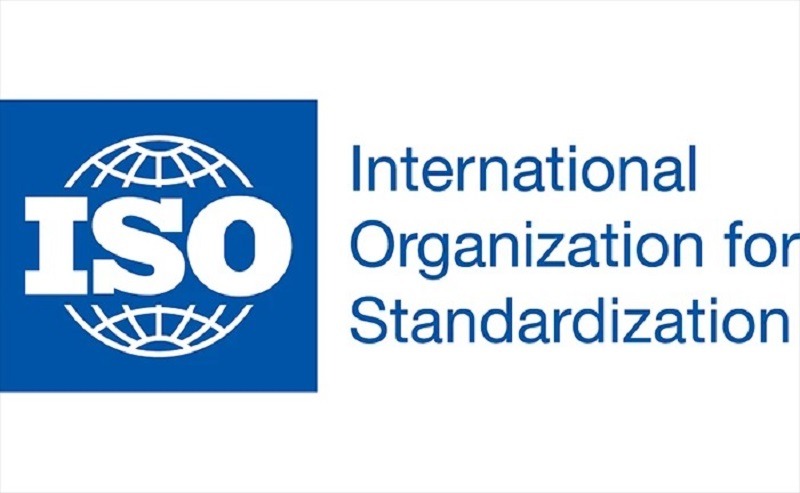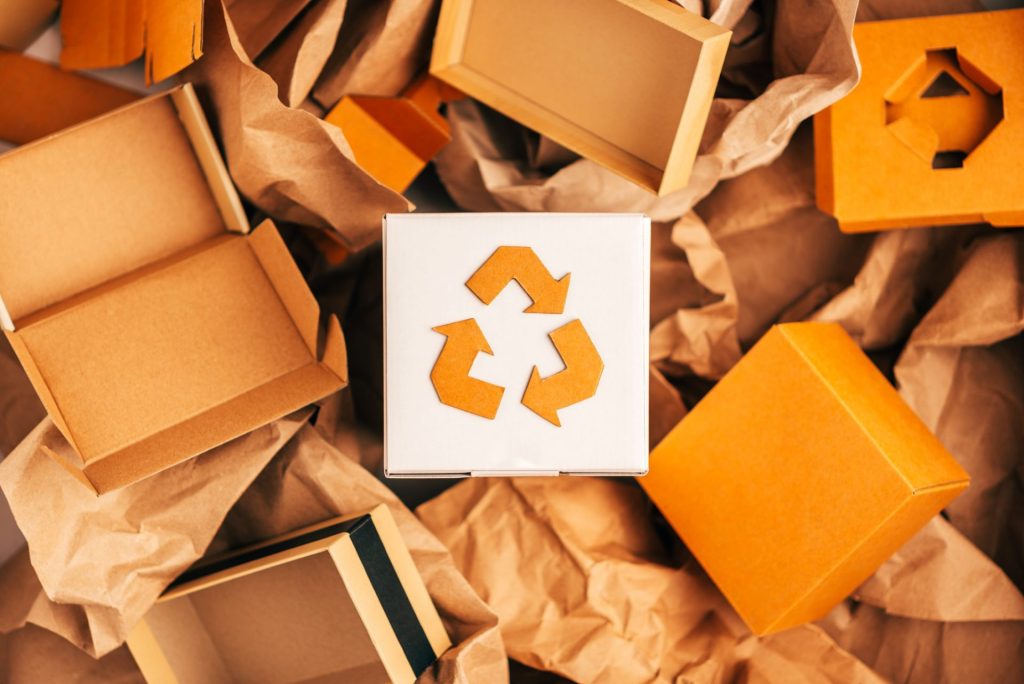In the fast-paced world of industrial packaging, ensuring compliance with regulations and standards is crucial for businesses that rely on packaging for the safe transportation, storage, and sale of products. Industrial packaging bags, which include everything from woven polypropylene bags to flexible intermediate bulk containers (FIBCs), are critical in maintaining product quality and safety. However, navigating the complex landscape of packaging regulations can be a challenge. This blog will explore the key aspects of industrial packaging bags and the regulations and standards that govern their use.
The Importance of Compliance in Industrial Packaging
In industries such as food, pharmaceuticals, chemicals, and agriculture, industrial packaging bags play a pivotal role in safeguarding products from damage, contamination, and environmental factors. Regulatory compliance ensures that these bags meet certain quality standards, ensuring the safety and integrity of the products they contain. Non-compliance with packaging standards can lead to serious consequences such as product recalls, legal issues, and reputational damage.
When it comes to packaging, regulations are not one-size-fits-all. The requirements vary depending on the type of product, region, and specific industry. Understanding these regulations and ensuring your packaging complies with them is essential for maintaining operational efficiency and meeting customer expectations.
Key Regulations Governing Industrial Packaging Bags
Several key regulations govern industrial packaging bags across various industries. These regulations ensure that packaging materials are safe, secure, and appropriate for the products they contain.
1. Food Safety and Packaging Regulations
For industries involved in the production or transportation of food products, ensuring compliance with food safety packaging regulations is critical. Packaging must not only protect food from physical damage but also prevent contamination from harmful substances, including chemicals or microorganisms.
In the United States, the Food and Drug Administration (FDA) plays a key role in regulating food packaging materials under the Food, Drug, and Cosmetic Act. This regulation mandates that materials in direct contact with food must be non-toxic, durable, and resistant to contamination. The FDA requires that packaging materials, including industrial bags, undergo testing to ensure they do not transfer harmful substances to the food.
Similarly, in the European Union, food packaging is regulated under Regulation (EC) No. 1935/2004, which ensures that materials used for food contact are safe and suitable for their intended use. Compliance with these regulations guarantees that food products remain uncontaminated throughout the packaging and transportation process.
2. Pharmaceutical Packaging Standards
Packaging for pharmaceutical products is subject to some of the most stringent regulations due to the need to maintain product integrity and ensure the safety of consumers. Pharmaceutical products must be protected from environmental factors such as moisture, light, and air, which could compromise their efficacy.
In the U.S., the FDA’s Drug Approval Process includes packaging as part of the review process. Packaging materials must be tested for compatibility with the drug product to avoid any interactions that could affect the drug’s stability. These standards also address issues such as tamper-evident packaging and labeling requirements to provide assurance to consumers that products are safe to use.
Internationally, the Good Manufacturing Practice (GMP) regulations are a common standard for pharmaceutical packaging. These regulations outline the requirements for packaging materials to be free from contaminants and to protect the product from damage during storage and transport.
3. Chemical Packaging Regulations
Packaging for chemicals and hazardous materials is heavily regulated to prevent accidents and environmental contamination. Chemical products are often corrosive, flammable, or toxic, making it essential for packaging to adhere to specific safety standards.
In the U.S., the Department of Transportation (DOT) and the Occupational Safety and Health Administration (OSHA) have set regulations for packaging chemicals, particularly for hazardous substances. These regulations ensure that packaging materials, including industrial packaging bags, are resistant to leaks, punctures, and other forms of damage that could lead to spills or exposure.
In addition, packaging for chemicals must also comply with Globally Harmonized System (GHS) guidelines, which ensure that chemicals are labeled appropriately with hazard symbols and handling instructions.
4. Environmental Regulations
Sustainability is increasingly becoming a major concern in the industrial packaging sector. Regulatory bodies around the world are enacting laws to reduce packaging waste and encourage the use of recyclable materials. In Europe, the Packaging and Packaging Waste Directive requires manufacturers to reduce the environmental impact of packaging by encouraging recycling, reusing, and minimizing packaging materials.
In addition, there are guidelines regarding the use of certain plastics in packaging. For example, in the EU, there are bans and restrictions on single-use plastics, which may affect the choice of materials used in industrial packaging bags. These environmental regulations drive businesses to adopt more sustainable packaging solutions, including biodegradable and recyclable industrial bags.
5. ISO Standards for Industrial Packaging
In addition to industry-specific regulations, global International Organization for Standardization (ISO) standards also play an essential role in industrial packaging. The most relevant ISO standards include ISO 9001 (quality management), ISO 14001 (environmental management), and ISO 22000 (food safety management).

ISO certification for packaging manufacturers ensures that they follow strict quality control processes, maintain environmental sustainability, and adhere to food safety protocols. These certifications provide businesses with a competitive edge by guaranteeing the use of high-quality and compliant packaging materials.
How to Ensure Compliance with Industrial Packaging Regulations
Ensuring compliance with industrial packaging regulations can be a complex process, but it is essential for the safety of your products and the protection of your business. Here are some steps businesses can take to ensure their packaging meets regulatory standards:
1. Stay Informed on Relevant Regulations
The first step to ensuring compliance is to stay up to date on the latest packaging regulations. Laws and standards change over time, so it is important to regularly check with regulatory bodies such as the FDA, ISO, or DOT to ensure your packaging remains compliant.
2. Work with Certified Packaging Suppliers
Partnering with packaging suppliers who are certified in industry standards can help ensure your materials meet the necessary regulations. Certified suppliers will be knowledgeable about the specific requirements for your industry and can help guide you in selecting compliant packaging solutions.
3. Test Your Packaging Materials
Testing is a critical component of ensuring compliance. Packaging materials should undergo tests to assess their durability, safety, and ability to protect the product during transit. Whether it’s moisture resistance for food products or leak testing for chemical bags, rigorous testing will help identify potential issues before they affect your product.
4. Implement Proper Labeling
Labeling is a key aspect of regulatory compliance. Packaging must be clearly labeled with information such as handling instructions, product contents, and safety warnings. Ensure that labels are accurate and meet all regulatory requirements to avoid legal issues and fines.
5. Prioritize Sustainability
As sustainability regulations become more prevalent, businesses should seek to adopt packaging solutions that minimize environmental impact. Recyclable, biodegradable, and eco-friendly packaging options not only help you comply with environmental regulations but also improve your corporate image.
Conclusion
Navigating the complex world of industrial packaging regulations and standards is vital for businesses that rely on packaging for the safe transport and storage of products. Compliance with these regulations ensures product safety, prevents legal issues, and helps reduce environmental impact. By staying informed about industry-specific regulations, working with certified suppliers, and prioritizing sustainability, businesses can ensure they meet packaging requirements and continue to operate efficiently and safely.
As regulations evolve and sustainability becomes more important, businesses that stay ahead of the curve in adopting compliant and eco-friendly packaging solutions will find themselves better equipped to thrive in an increasingly regulated marketplace.
